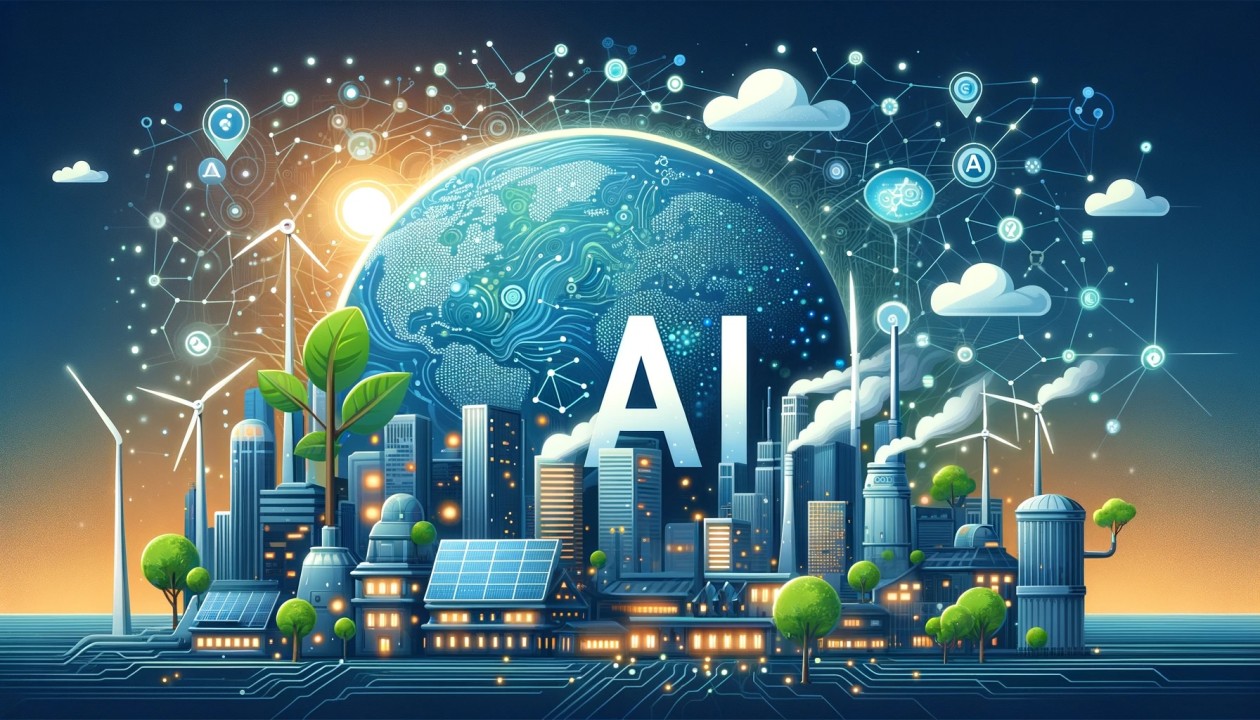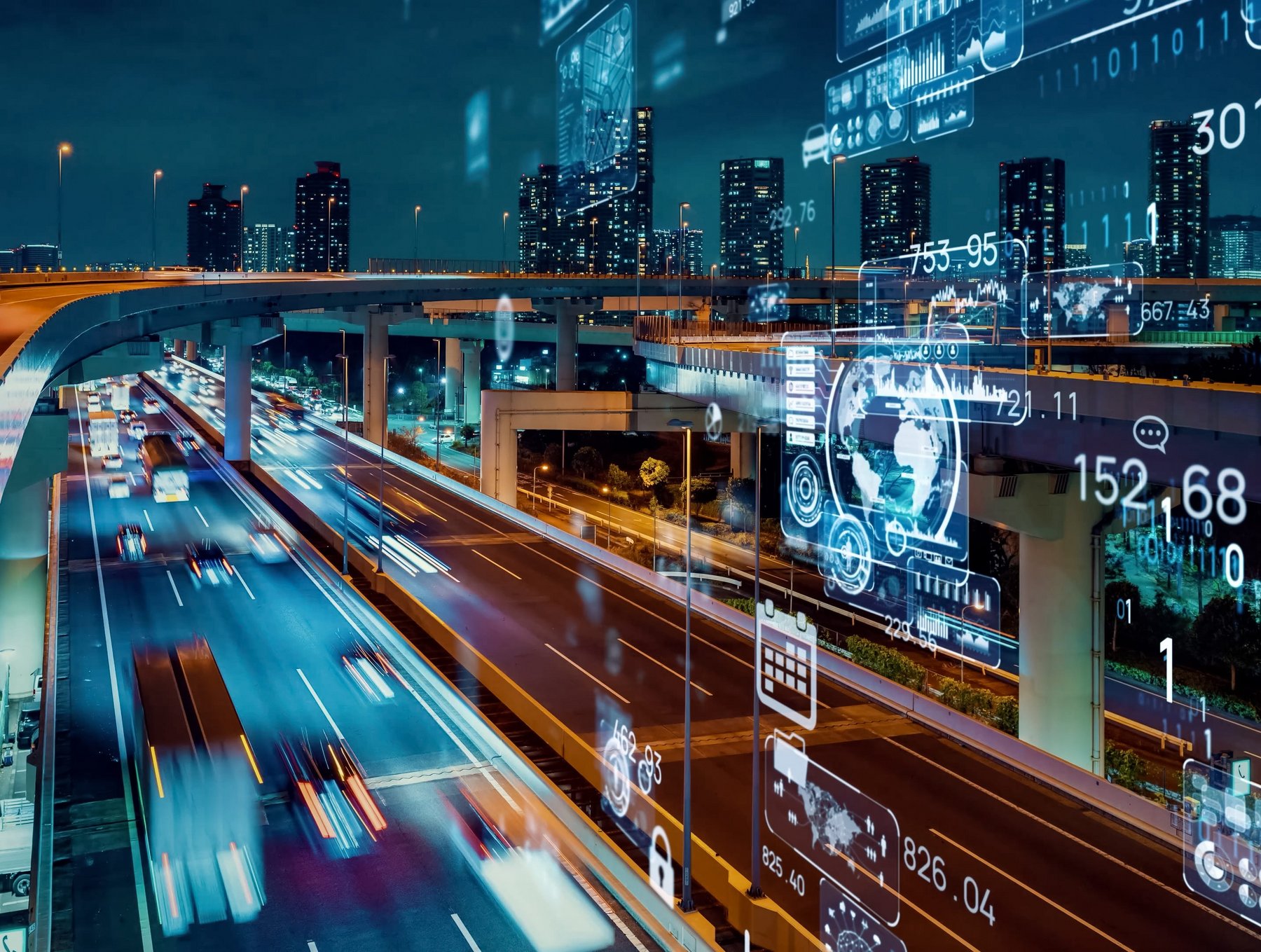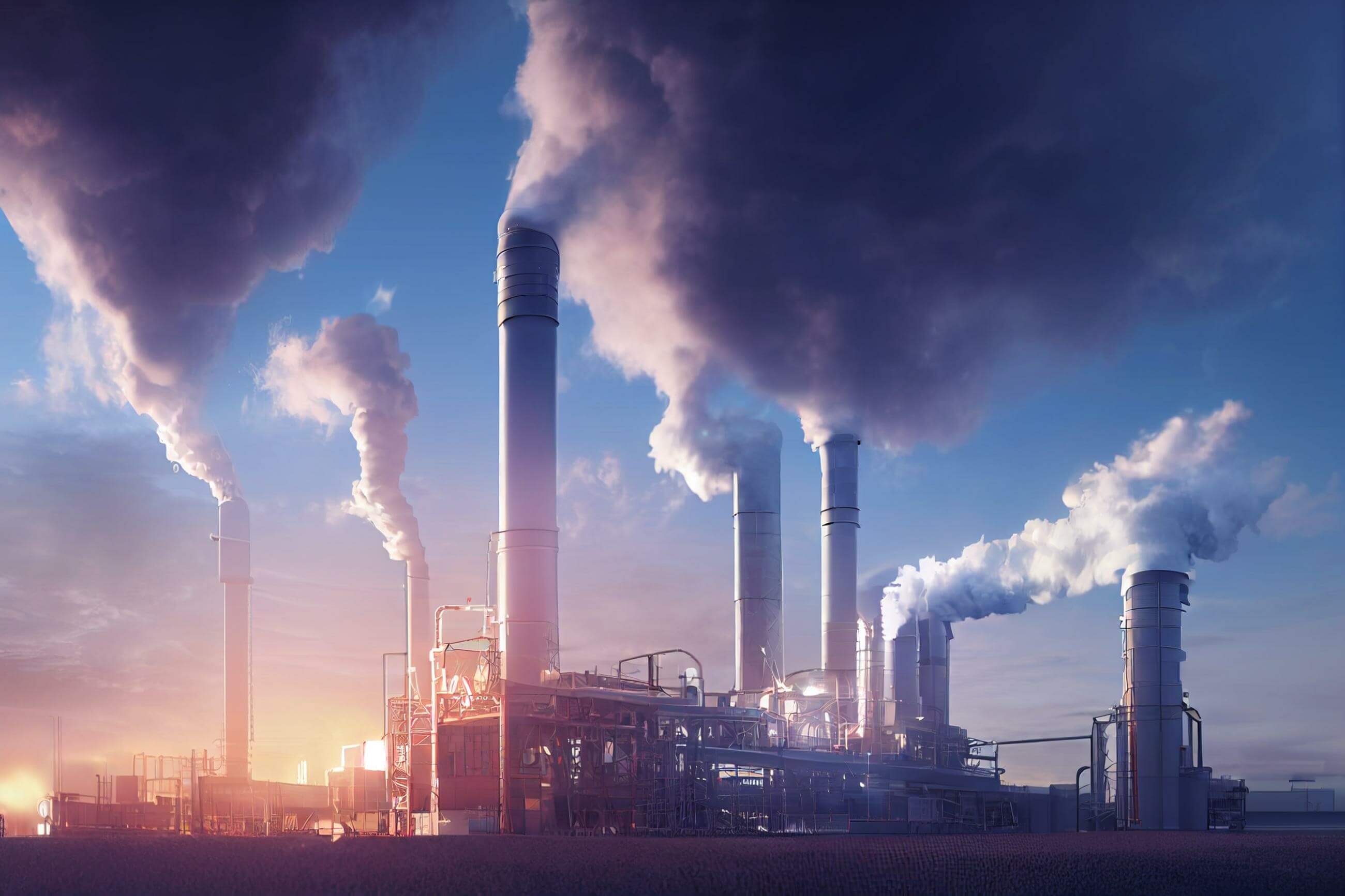
AI, with its ability to analyze vast amounts of data, identify patterns, and make predictions, offers a unique set of tools to combat climate change. Here are some key areas where AI is making a significant impact:
Optimizing Energy Efficiency
AI algorithms can analyze energy consumption patterns in buildings, factories, and power grids. This allows for targeted interventions to reduce energy waste, such as adjusting heating and cooling systems or optimizing power distribution.
Artificial intelligence is not designed to replace experts; rather, it serves as a support system to uncover potential energy efficiencies that might be missed or would take considerable time to detect traditionally. Digital tools enable a more effective identification and ranking of energy-saving opportunities.
Realizing energy savings and decarbonization are only possible when insights from analysis transform into action. In reality, the actual implementation can be a collaborative effort with energy consultants or technicians, depending on the resources and skills available to the building owner, who must approve the use of such tools.
Take Arbejdernes Landsbank, a Danish banking institution that has employed artificial intelligence to cut down on energy use. Working with committed operational personnel, the bank has managed to reduce electricity usage by over 16% across its entire range of buildings.

Greening Transportation Systems:
Many countries use AI to develop smarter traffic management systems, optimize public transportation routes, and improve the efficiency of electric vehicles. This not only reduces emissions from transportation but also helps to alleviate traffic congestion.
Uber, a leading ride-sharing platform, employs artificial intelligence to enhance drivers’s route planning. The AI examines live traffic information to recommend the most effective paths, leading to less fuel use and decarbonize. Such use of AI in ride-sharing significantly aids in creating greener transportation methods.
In Hull, a UK city, they inventively approach AI to check rush hour traffic data closely. Besides, the BBC highlights that AI can adjusts traffic light sequences for better vehicle flow.

Carbon Capture and Storage:
AI can play a crucial role in making CCS technology more efficient and reliable:
Optimal Storage Site Selection:
AI can significantly enhance the geological data analysis for identifying suitable CO2 storage locations. Algorithms can identify underground formations with the highest storage capacity and lowest leakage risks, ensuring safe and permanent CO2 sequestration.
Real-time Leak Detection: AI can continuously monitor storage facilities, analyzing sensor data for any anomalies that might indicate a leak. Therefore, this allows for immediate intervention, preventing CO2 from escaping back into the atmosphere.
Predictive Maintenance: AI can analyze historical data and sensor readings to predict potential equipment failures within storage facilities. Proactive maintenance based on these predictions minimizes downtime and mitigates leakage risks.

Conclusion:
The urgency of climate change demands a multifaceted approach, and AI has emerged as a powerful weapon in our arsenal. From optimizing energy use to accelerating cleantech innovation, AI’s potential for decarbonization is undeniable. By leveraging the power of AI alongside human ingenuity and a commitment to ethical development, we can unlock a future powered by clean energy and sustainable practices. This future demands collaboration across sectors and nations, with AI acting as a catalyst for a more sustainable and net zero world


